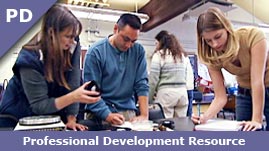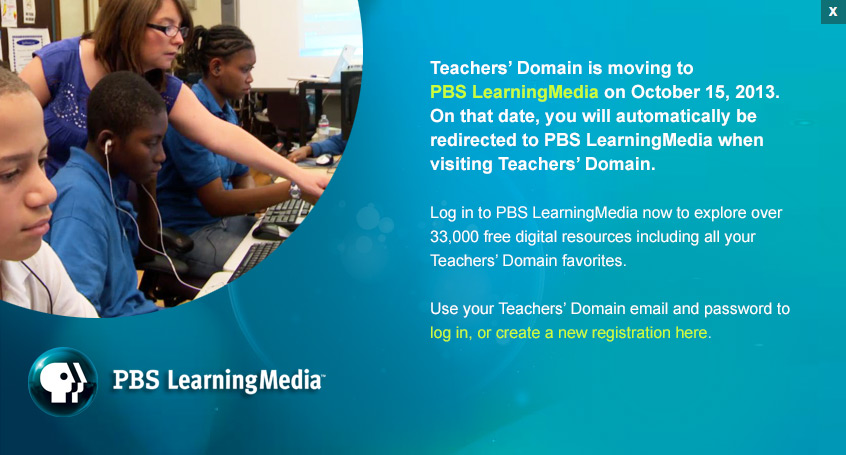Teachers' Domain - Digital Media for the Classroom and Professional Development
User: Preview


Source: Getting Results: "Moving Beyond the Classroom/Overview"
This media asset is from Getting Results: "Moving Beyond the Classroom/Overview."
In this professional development video from Getting Results, Dr. John Bransford, professor of education at the University of Washington School of Education, as well as instructors and students from an aquarium science class, talk about how to make course content relevant through first-hand experiences with labs and connections to the community. As an example, the instructors bring in an aquarium director as a guest lecturer. The students then conduct an experiment. Afterwards, they go to the aquarium to see the same technology used in a professional context.
A mix of three approaches—lecture, lab, and community connections—can create an experience that engages students and helps them learn. Each approach reinforces the other, with labs demonstrating ideas from lecture, and community connections showing real-world applications of what happens in the lab.
Labs take ideas from lectures and reinforce them through concrete, hands-on examples. By adding real-world context, students realize that what they hear in lectures and practice in labs has meaning outside the classroom.
Making ties between learning in the classroom and its application in the community can bring even the most abstract ideas to life. Such ties can come through guest lecturers from industry, visits to workplaces, internships, or volunteer opportunities.
When students create connections between what is taught in class and what happens in the community, they can further understand how relevant their education can be.
 Loading Standards
Loading Standards